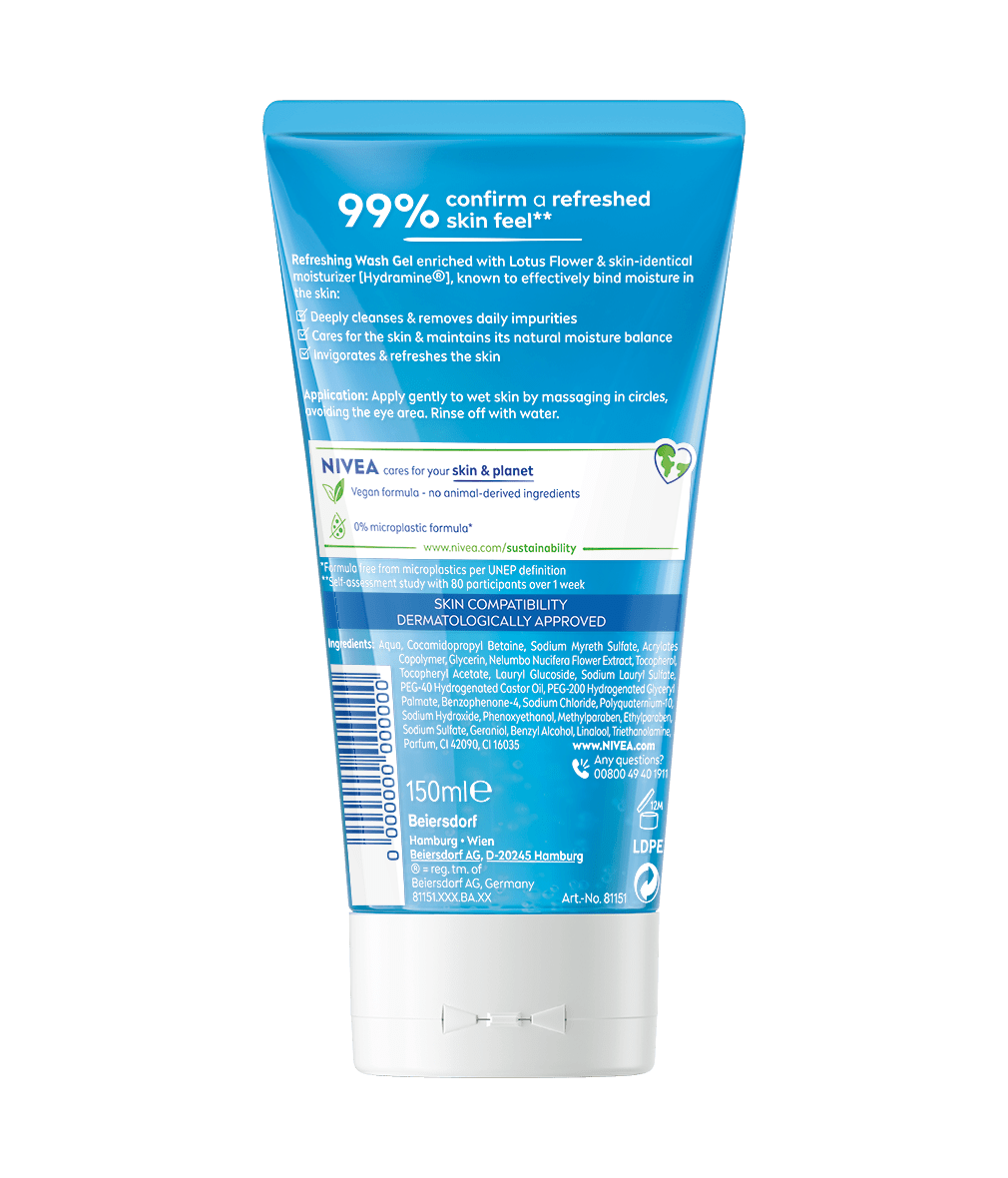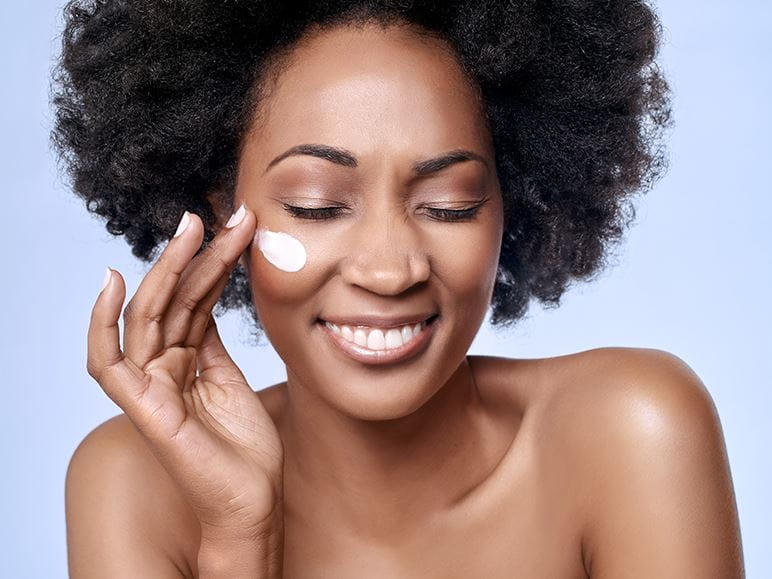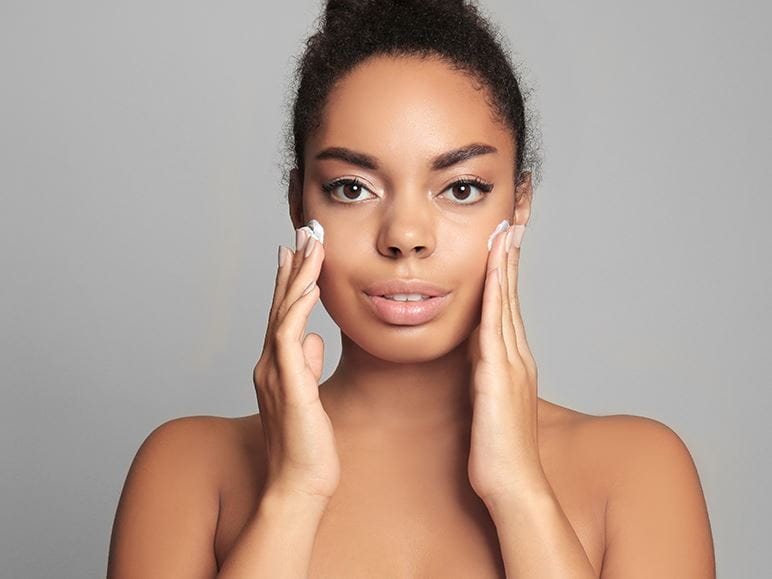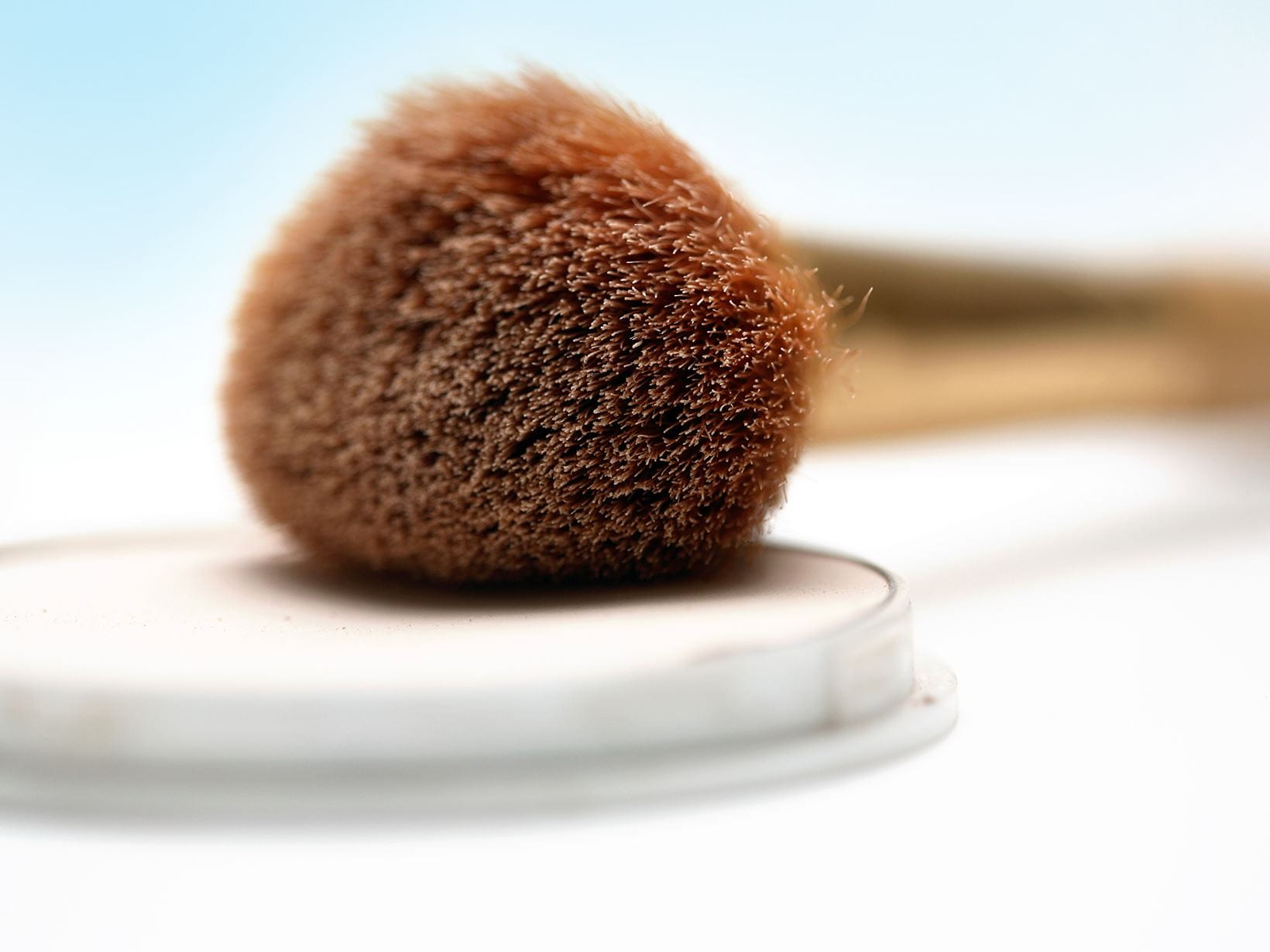
Care Tips For Combination Skin
HOW TO MASTER THE BALANCING ACT.
Combination skin is a special case: it consists of two skin types, in which some areas of the face are rather dry, whilst others tend to have oilier and more blemished skin. We will show you what sort of care is ideal for combination skin.
What are the features of combination skin?
Combination skin has one key feature: the skin in the T-zone, which includes the forehead, skin and nose, is oilier than other areas. The cheeks, on the other hand, are normal to dry. You need to bear in mind the different properties of the skin areas when caring for your skin.
Restore your skin’s balance
If you have combination skin, the T-zone, the area between the forehead, nose and chin, quickly becomes too oily when using care products. The cheek area, on the other hand, dries out due to a lack of care – resulting in a feeling of tautness. In principle, a moisturising cream that does not contain too much oil is recommended here – this will give both zones what they need.
Here’s how combination skin changes over the seasons
Make-up for combination skin
Does your make-up struggle to last a day without having to be reapplied in between? That’s one of the features of combination skin. The T-zone between the forehead, nose and chin quickly starts to become shiny. Find out which make-up is right for combination skin and how to keep your complexion looking radiant for the whole day.














